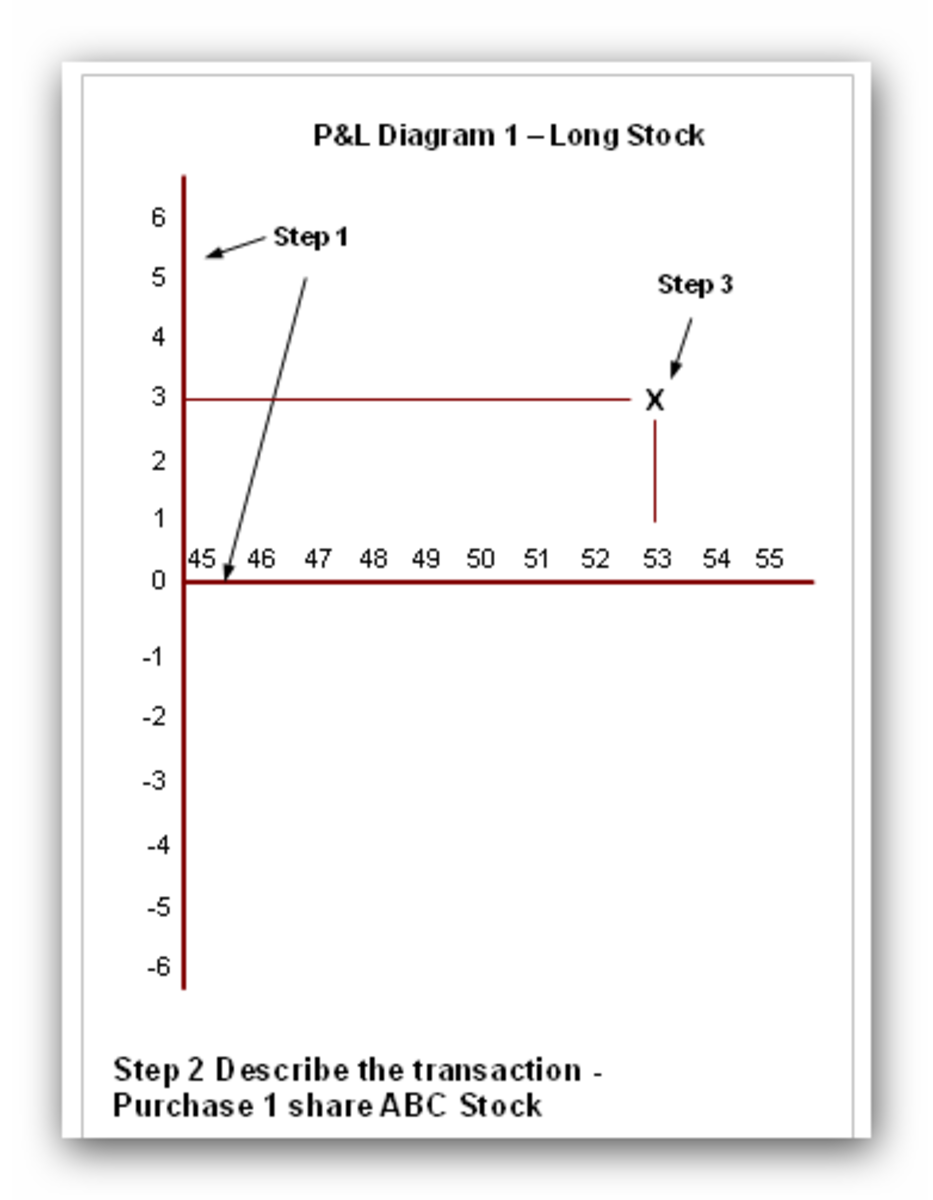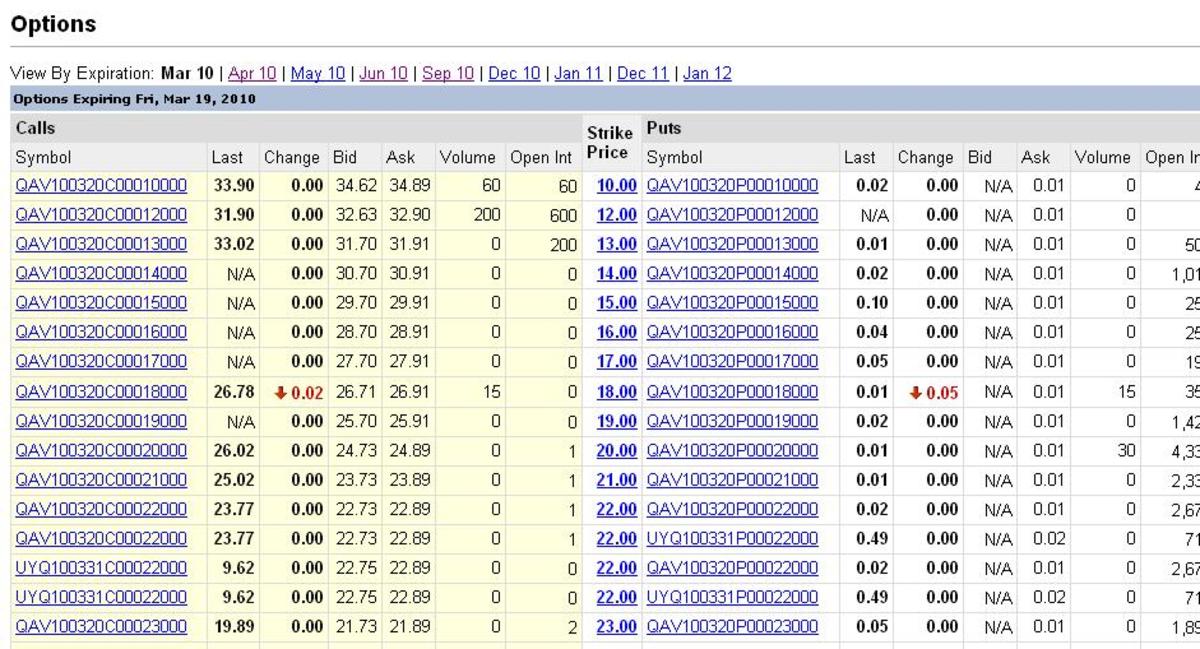How to Protect Yourself and Manage Risk in The Stock Market
During times of low interest rates, fixed income cannot offer sufficient return on invested capital. In some cases, you can have negative interest rates when inflation is taken into account. Conservative investments tend to fall out of favor. Capital will then flow to those places that do offer the desired return.
One of those places is the stock market, which offers instruments with potentially much higher returns. They include stocks and options. While these financial instruments can offer great returns, they also carry with them significant risk. Loss of some or all of your capital becomes a real possibility, which must be taken into account. Ways of mitigating this loss therefore deserve further investigation. One way to do this is by hedging.
What is hedging?
The definition of hedging in finance is an investing or trading strategy that seeks to reduce risk. It lowers potential losses at the cost of potential returns. Hedges are used with many different financial instruments, including stocks and options.
In its most basic form, hedging is done by offsetting every one of your position with another position in the opposite direction. If we think prices will rise and therefore go long, we should also anticipate falling prices and thus go short.
Hedges are similar to a form of insurance. While you may not like having to pay an annual premium and consider it wasted money when nothing happens, you'll be glad you took out insurance for the medical bills that you'll incur after an accident.

Why use hedges and why not to use hedges?
Hedging comes at a distinct cost. There is an inverse relationship between hedging and returns. The more you hedge, the lower your profits and vice versa. If you were long only, your profits will be greater than those people who also hedged their positions. However, their losses will also be less than yours if something does go wrong. Your losses can become even more magnified if you use leverage as is the case with options. Using hedges in this case becomes even more of a necessity. Another reason to hedge is that a Black Swan Event can strike at anytime.
What is a Black Swan Event?
A Black Swan Event is something that occurs unexpectedly and has a very negative impact on the stock market. If a mega earthquake were to strike the Eastern United States during the weekend, a stock market crash is to be expected. If that happens, fundamentals will be swept aside and everything gets sold off. Whether they deserve it or not.
In such a case, your hedges are there to protect you. With today's hedge fund and high frequency trading, it becomes even more imperative to be prepositioned since humans cannot react as fast as machines. Even using stops to sell your stocks will not help you. By the time the stock market opens and your stops get hit, it will be too late.

How to hedge?
There are many different strategies available with which to hedge. This can be illustrated with the following example using Dell and Lenovo.
- Both companies are competitors of one another. They are in the business of selling personal computers and have also branched out into other consumer goods such as cell phones.
- Any bad news to the computer industry will hit both companies because they operate in the same sector.
However, there are important differences between the two.
- The sale of personal computers in the United States has been declining due to the rise in smart-phone and tablet sales. This hurts Dell which benefit mostly from selling computers in the United States. On the other hand, sales of personal computers in China are still rising. This benefits Lenovo, which derives most of its revenue from this market. Future prognosis is for the situation to continue.
- Whereas Dell used to lead, Lenovo has since overtaken Dell in terms of market share with no end in sight. The two companies have essentially been moving in the opposite direction. Revenue and profits are the opposite of one another. Clearly, Lenovo is outperforming Dell.
Using this fundamental analysis, we can conclude that these two companies present a good opportunity to make a profit. The share price of Lenovo is most likely to rise. Dell is highly unlikely to rise in value and should stay or even decline in value.

There are many different hedging strategies available
Based on the prior research done, we go long Lenovo and simultaneously go short Dell. For illustration purposes, we assume the share price of Lenovo to rise such that option prices on Lenovo will triple in value.
In the case of Dell, we expect the share prices to remain at their current level. Put options will therefore expire worthless. We now have to select a strategy with which we hope to profit from our research.
- Let's say we try to keep things as simple as possible and use $10,000 to buy Lenovo call options and another $10,000 to buy Dell put options. This strategy works well if everything goes the way our research indicated it should. We should wind up with a gain of $30,000 minus $10,000, which is $20,000. Excluded are the put options, which could make money if they wind up In-The-Money. However, hedges are primarily for protection and usually are not expected to make money. We are also protected against a Black Swan Event and a general stock market crash. However, risk is still there. There is the possibility that our research proves to be incorrect and the share price of Dell rises and Lenovo falls.
- To increase protection, we could add additional hedges. We simultaneously go long and short both positions using different ratios. We allocate $8000 to Lenovo call options and $2,000 to Lenovo put options. We do the same to Dell but in reverse. Now we have a long position on Dell in case the share price rises. Risk is now reduced even further. However, our potential gain is also reduced accordingly.
- We could also do the opposite and take on more risk to increase our potential profits. We do this by reducing the amount spent on put options in our first strategy by half. If everything goes according to plan, we lose less money on put contracts. Hence, our profits are increased by another $5,000. On the other hand, we will have fewer put options to protect us against a general stock market crash.

Some trading tips worth mentioning
From these three strategies, we can see the inverse relationship between hedges and returns. There are many other strategies but those are beyond the scope of this article. There are a few other things worth mentioning.
- Before taking on any position, you must have an exit strategy. That is under what conditions will you exit your position. You have to know what your target is beforehand. You should also know when you will close the position and cut your losses if the trade goes against your expectations.
- You should never allocate all your capital. A single trade should take about five percent of total capital available. If something goes wrong, you want to be able to recover from your mistakes.
- In the previous example, we assumed the option prices will rise together with share prices. The pricing of options is actually determined by a host of factors. For illustration purposes, those other factors such as Volatility and Theta were ignored.
- Entry points can play a great role in whether or how successful the trade will be. Although the benefits of using technical analysis of charts and their patterns is in dispute, they can help somewhat in determining at what point we put on a trade.
- It is important that the hedge has a relationship with the position you want to hedge. In the previous example, both companies are selling personal computers. The closer the relationship, the more effective the hedge. It is essential you do proper research, which will determine your success. Hedge wisely.
How to choose a hedge strategy?
How much to hedge is similar to how much insurance you want. It all depends on the individual involved. What kind of return are you seeking and how comfortable are you with the amount of risk you are taking. Risk management is extremely important.
Sometimes, people can get lucky and go on a winning streak. They become complacent despite taking on more and more risk. This always ends badly.
Hedging strategies tend to reflect the individual personality. Some people like taking lots of risk, while others prefer to be conservative or somewhere in between.
Note that hedging can be used everywhere. In the previous example, we used company share prices. We could also use them in emerging markets and be long India and short China or vice versa. In industrial metals, long copper and short aluminum. The possibilities are endless.
A word of caution on options trading
Option trading is not for everyone, especially those that lack experience. It is best to practice first before putting any real money on the table. Put in the time and effort to get acquainted with all the little intricacies that are out there. Many online brokerages offer virtual trading, where someone can use the software to try out different strategies under different scenarios.








